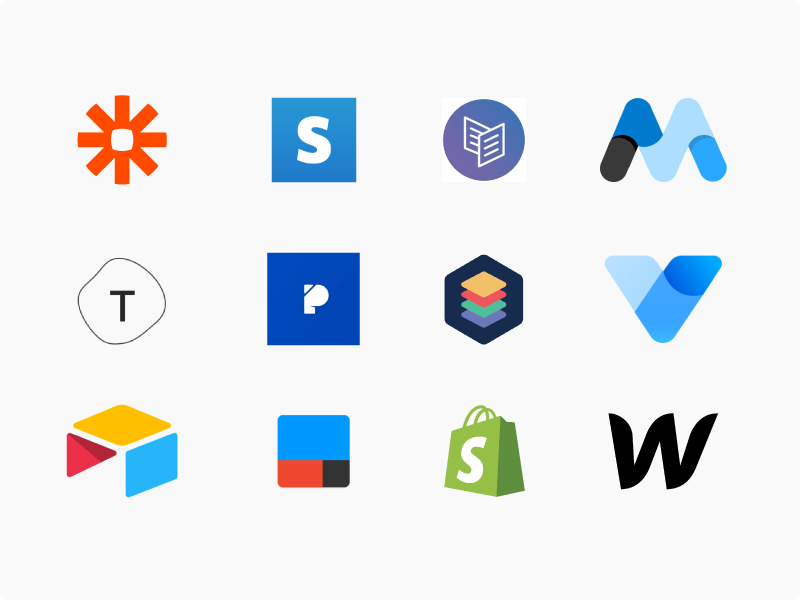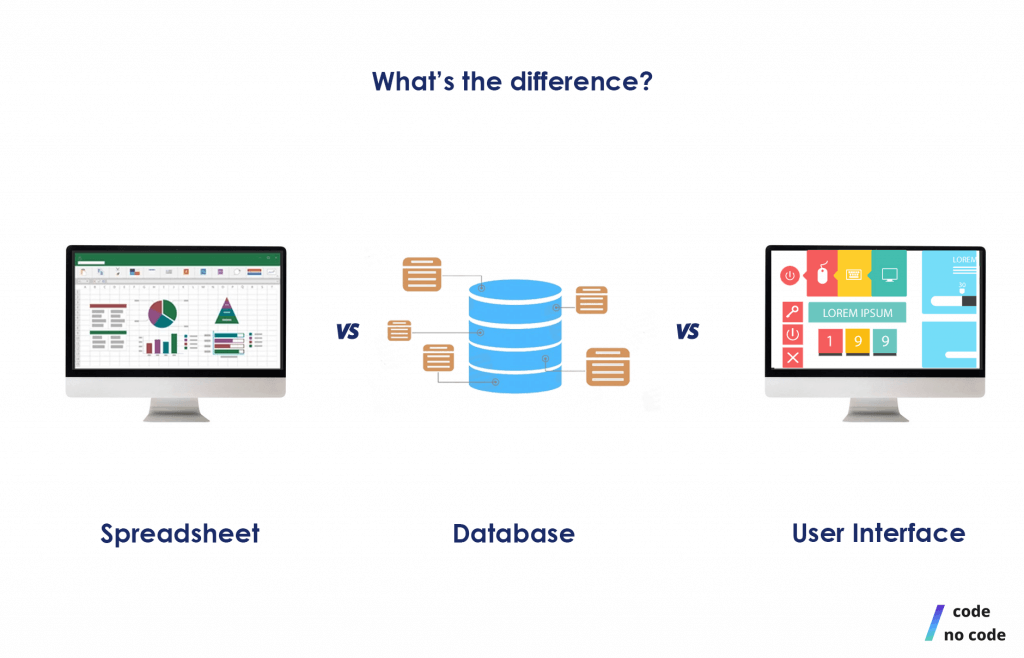How No-Code Tools Simplify Open Platform Data Source Development for Everyone
How No-Code Tools Simplify Open Platform Data Source Development for Everyone
Blog Article
A Comprehensive Guide to Applying Scalable Databases Without the Demand for Coding Proficiency
In the contemporary landscape of data management, the capability to implement scalable data sources without coding expertise is coming to be increasingly vital for organizations of all dimensions. This overview intends to brighten the process, focusing on user-friendly tools and intuitive interfaces that demystify data source arrangement. By examining crucial features, reliable approaches for execution, and best practices for recurring administration, we will certainly attend to how even non-technical individuals can with confidence browse this facility surface. What are the crucial aspects that can truly equip these users to take advantage of scalable data sources effectively? The solutions may redefine your approach to information monitoring.
Comprehending Scalable Databases
In the world of modern data monitoring, scalable data sources have emerged as a vital service for organizations seeking to manage enhancing quantities of information effectively. These databases are designed to fit growth by allowing for the seamless addition of sources, whether via straight scaling (including more machines) or upright scaling (upgrading existing equipments) This versatility is vital in today's hectic electronic landscape, where information is created at an unmatched rate.
Scalable databases commonly use dispersed styles, which make it possible for data to be spread out across several nodes. This circulation not only improves efficiency yet also supplies redundancy, ensuring information schedule also in the event of equipment failures. Scalability can be an important factor for different applications, consisting of e-commerce systems, social media sites networks, and large information analytics, where user need can vary significantly.
Moreover, scalable databases often feature durable data consistency versions that stabilize performance and integrity. Organizations should consider their particular needs, such as read and write rates, information honesty, and mistake resistance when selecting a scalable data source remedy. Inevitably, understanding the underlying concepts of scalable data sources is crucial for organizations intending to flourish in an increasingly data-driven globe.
Secret Attributes to Try To Find
When reviewing scalable databases, several key attributes are critical to guaranteeing optimum performance and reliability. Primarily, consider the architecture of the data source. A dispersed architecture can boost scalability by enabling information to be stored across multiple nodes, helping with seamless data access and processing as need increases.
One more crucial function is data dividing, which makes it possible for reliable administration of huge datasets by separating them right into smaller sized, extra manageable items (no-code). This approach not only boosts efficiency yet likewise streamlines resource allotment
In addition, seek robust duplication abilities. This function guarantees information redundancy and high availability, minimizing downtime throughout upkeep or unforeseen failings.
Efficiency tracking devices are likewise necessary, as they provide real-time insights right into system health and wellness and functional efficiency, enabling timely changes to preserve optimum performance.

User-Friendly Database Devices
Simpleness is a vital component in the style of user-friendly database devices, as it boosts availability for customers with differing degrees of technical competence. no-code. These devices focus on instinctive interfaces, enabling users to develop, manage, and inquiry data sources without requiring substantial programs understanding
Trick features usually include drag-and-drop capability, visual information modeling, and pre-built layouts that streamline the arrangement procedure. Such tools typically offer led tutorials or onboarding procedures that promote user involvement and reduce the learning contour. Additionally, smooth combination with preferred information sources and solutions makes sure that customers can quickly import and export information, better streamlining procedures.

Moreover, robust assistance and neighborhood resources, such as discussion forums and documentation, enhance the customer experience by giving support when needed. Generally, easy to use data source tools empower companies to harness the power of scalable databases, making information monitoring easily accessible to everybody included.
Step-by-Step Implementation Overview
Exactly how can companies successfully carry out scalable data sources to meet their check my reference growing data needs? The process starts with identifying specific information requirements, consisting of the quantity, variety, and rate of information that will certainly be processed. Next, companies must review easy to use data source devices that supply scalability attributes, such as cloud-based options or took care of database solutions.
As soon as the right device is chosen, the next step entails setting up the data source atmosphere. This consists of establishing up circumstances, defining customer authorizations, and establishing data frameworks that align with company goals. Organizations ought to after that move existing data right into the new system, making sure information honesty and marginal interruption to procedures.
Post-migration, carrying out detailed screening is important; this includes performance screening under various tons conditions to guarantee the system can handle future development - no-code. Additionally, it is necessary to train personnel on the data source administration user interface to promote seamless usage
Ideal Practices for Administration
Efficient management of reference scalable data sources requires a tactical strategy that prioritizes ongoing surveillance and optimization. To accomplish this, organizations must execute robust tracking devices that give real-time insights right into data source efficiency metrics, such as query reaction times, resource utilization, and deal throughput. On a regular basis examining these metrics can help identify bottlenecks and areas for enhancement.

Routine backups and disaster recovery plans are necessary to guard information honesty and accessibility. Developing a routine for checking these back-ups see here will certainly make sure a reliable recovery procedure in case of an unanticipated failing.
Additionally, efficiency adjusting must be a continuous process. Readjusting indexing methods, optimizing queries, and scaling resourcesâEUR" whether vertically or horizontallyâEUR" will help preserve optimal efficiency as use demands evolve.
Last but not least, fostering a society of knowledge sharing amongst group participants will allow constant discovering and adjustment, ensuring that the management of scalable databases continues to be efficient and reliable gradually.
Verdict
Finally, the implementation of scalable data sources can be efficiently accomplished without coding knowledge through the application of straightforward tools and instinctive interfaces. By sticking to the detailed strategies for setup, information migration, and efficiency testing, people can navigate the intricacies of database management with simplicity. Emphasizing finest techniques for recurring upkeep and cooperation additional boosts the capacity to handle scalable databases effectively in a swiftly evolving data-driven atmosphere.
In the modern landscape of information monitoring, the capacity to apply scalable databases without coding know-how is ending up being progressively vital for companies of all dimensions.In the realm of contemporary data monitoring, scalable databases have actually emerged as a vital service for companies seeking to handle enhancing volumes of information successfully.Furthermore, scalable databases often feature robust information uniformity models that stabilize efficiency and integrity.Exactly how can organizations efficiently implement scalable databases to satisfy their growing information demands? Next off, companies ought to assess user-friendly database tools that offer scalability attributes, such as cloud-based services or handled data source solutions.
Report this page